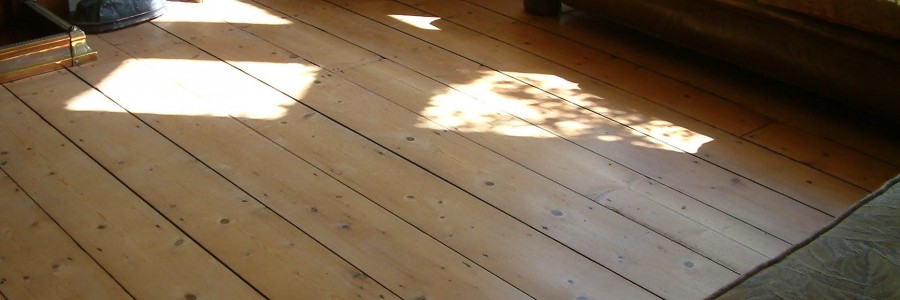Floorboard Gaps
The problem with wooden floors is that having gaps between floorboards is an unavoidable truth.
If you live in a period home with original wood flooring you may know how draughty these gaps can be, but you might still be surprised to know just how much heat is being lost through the spaces between your floorboards.
As draughty as an open window
In an average sized room there are up to 50 metres of floorboards. This means up to 100 metres of gaps, which can be as wide as 8mm. Add all these tiny gaps together and you could find that the spaces between your floorboards add up to the size of an open window. Even in carpeted rooms, the gaps underneath the skirting boards can add up to a significant heat loss.
The very nature of wooden floors amplifies the problem. Changes in temperature and humidity cause your floorboards to expand and contract – and with them the gaps. Throughout the winter your central heating will be running and keeping the house warm and dry, keeping your floorboards free of moisture. During this time the floorboards will be at their smallest, meaning that the gaps between them will be at their largest. This, in turn, means more draughts and higher heating bills through the coldest months of the year.
A flexible seal
The good news is that StopGap is flexible and adapts to changes in the temperature and humidity of your home, keeping the draughts at bay all year round. The unique shape means that the floorboard gaps remain completely sealed, whether it’s a humid summer or a dry winter.
When you feel a draught coming from under the door you use a draught excluder. When there’s a cold breeze coming through an open window, you close it. Using StopGap to stop the cold air coming through the gaps in your draughty floorboards is the obvious next step.
Please note: StopGap is not suitable for tongue and groove boards due to the shape of the gaps in this type of flooring. Have a look at this post to find out which floorboards you have.
